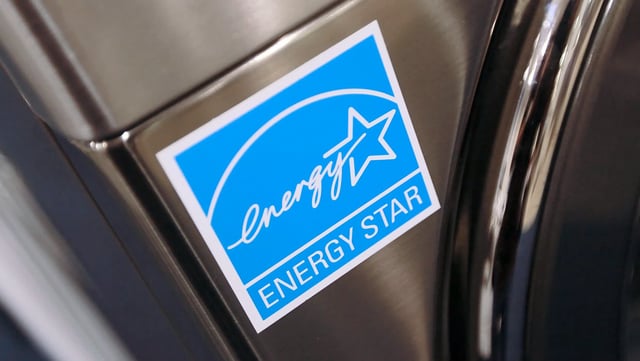Overview
- The Energy Star program, established in 1992, has saved Americans nearly $500 billion in energy costs and prevented 4 billion metric tons of greenhouse gas emissions.
- The Trump administration confirmed plans to eliminate the program by cutting the EPA offices responsible for its management as part of a broader reorganization.
- Experts warn that ending the program will drive up household utility bills and make it harder for consumers to identify energy-efficient products.
- Nearly 1,100 companies and organizations have urged the administration to continue funding Energy Star, citing its economic and environmental benefits.
- The reorganization aligns with the administration's deregulatory agenda, which has previously targeted energy efficiency standards and incentives.



